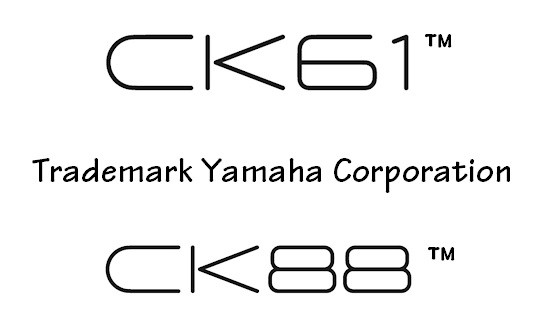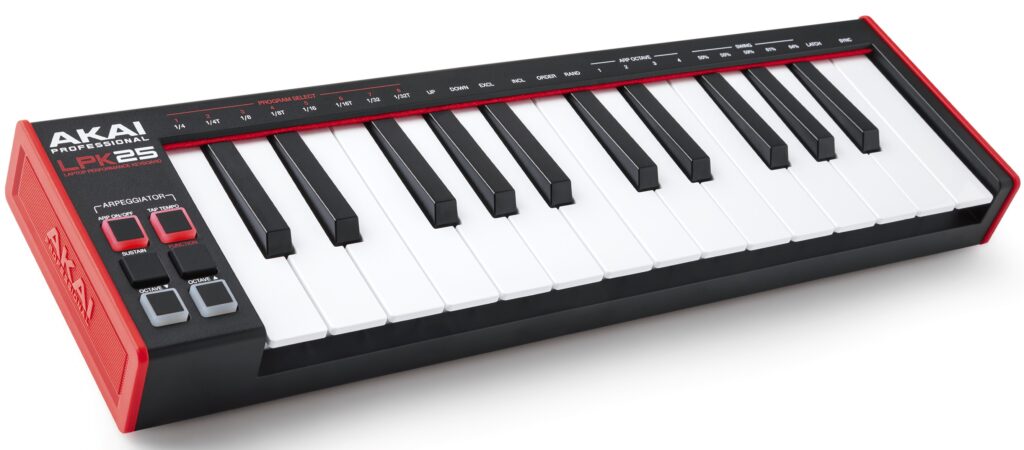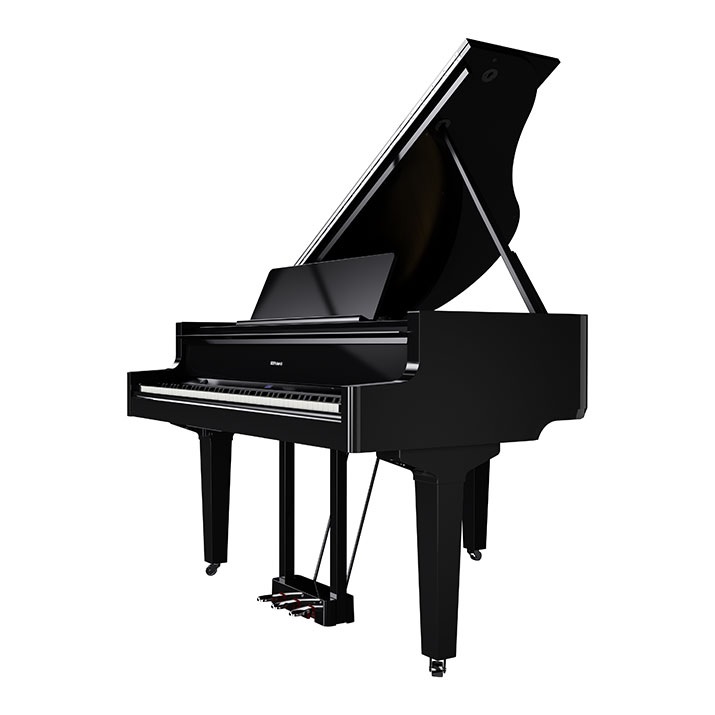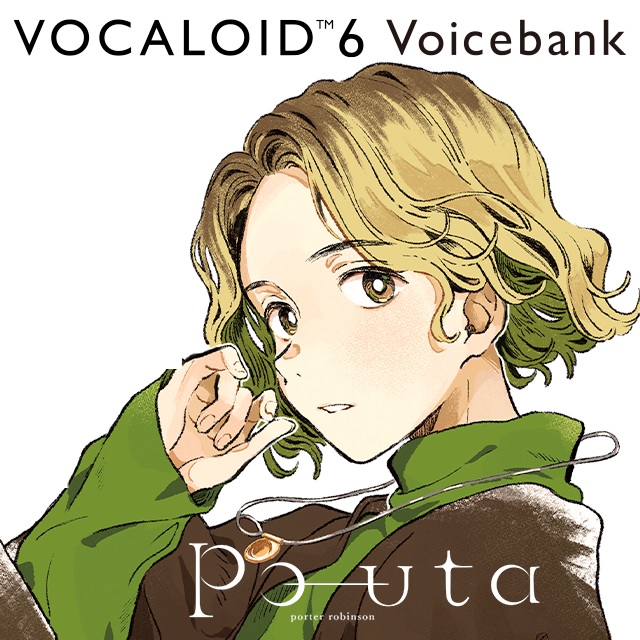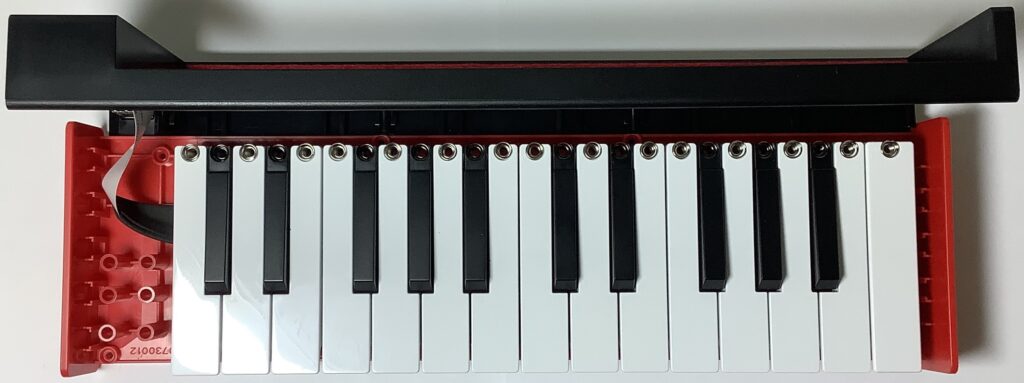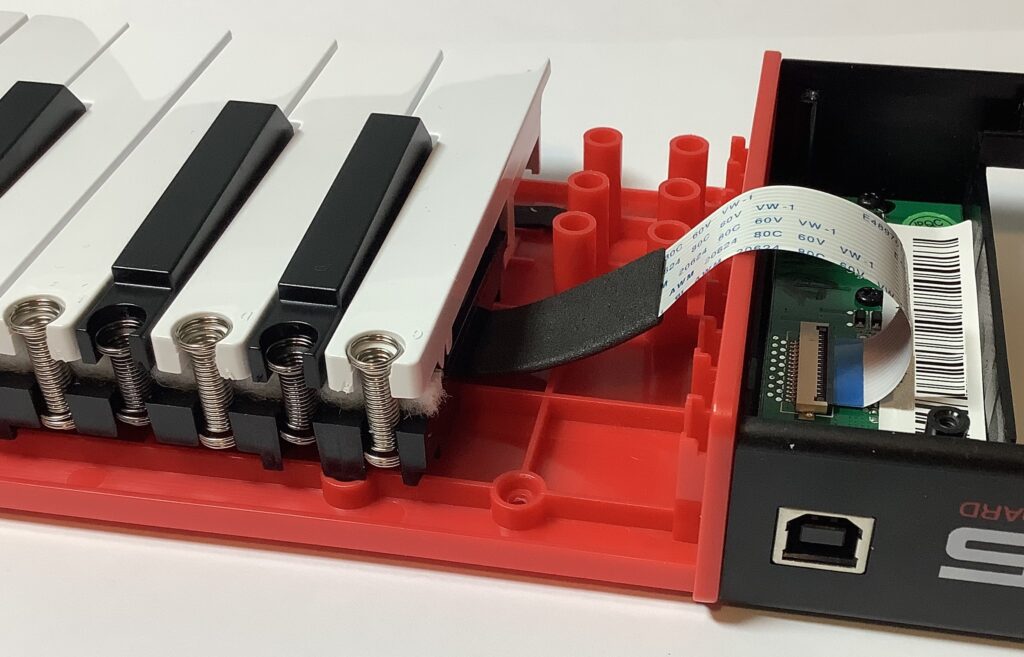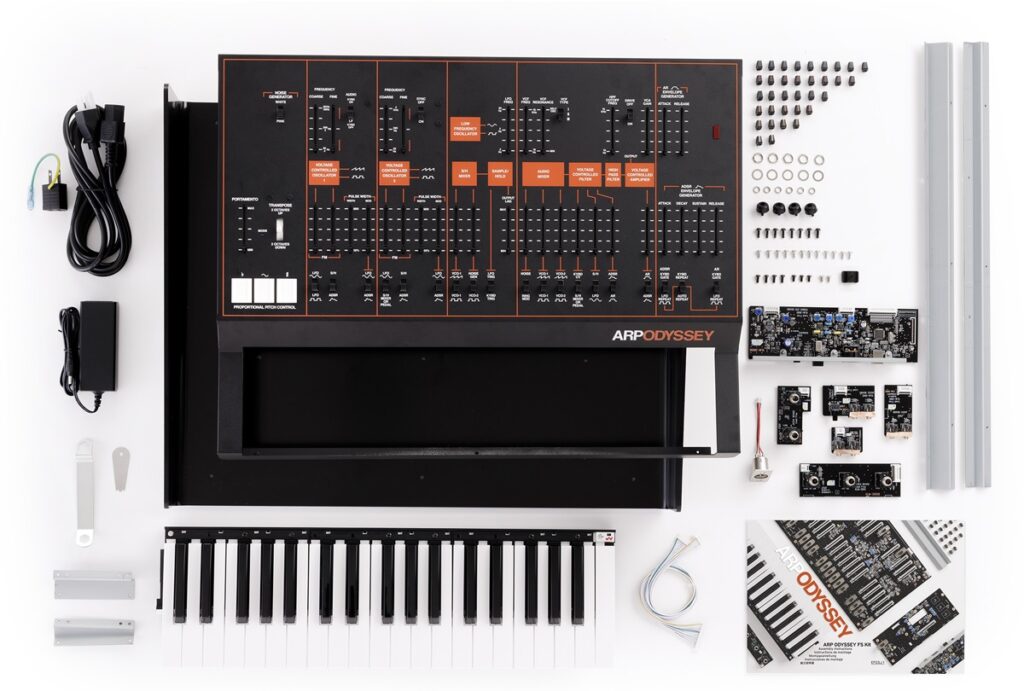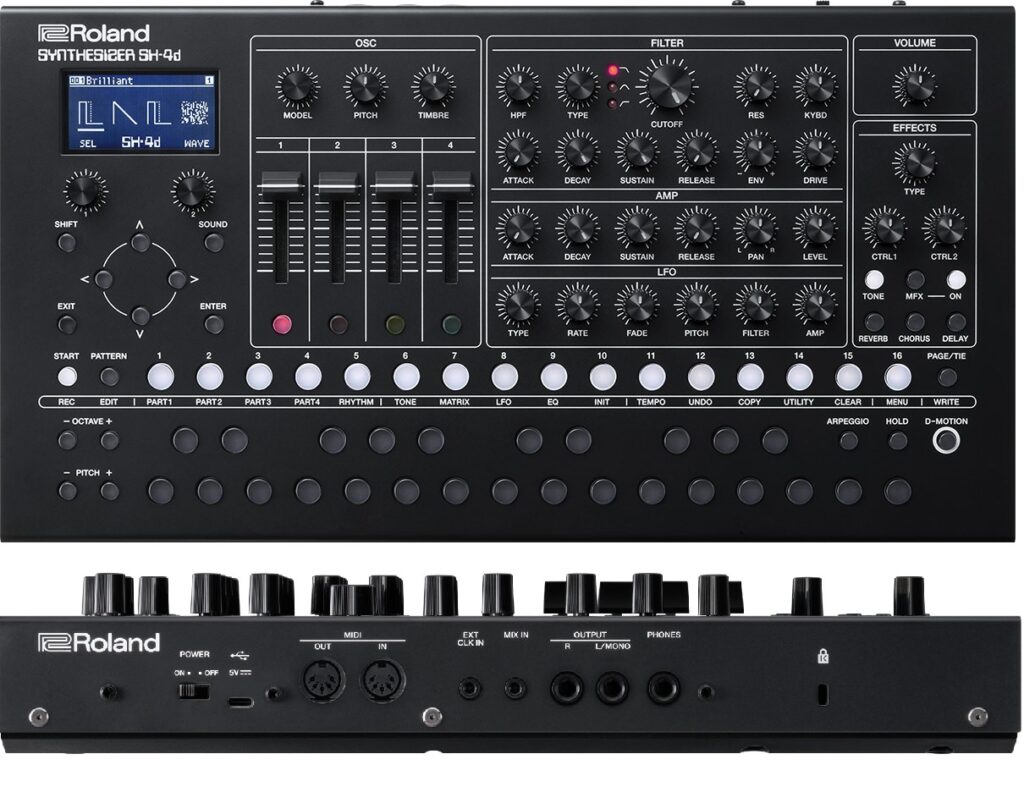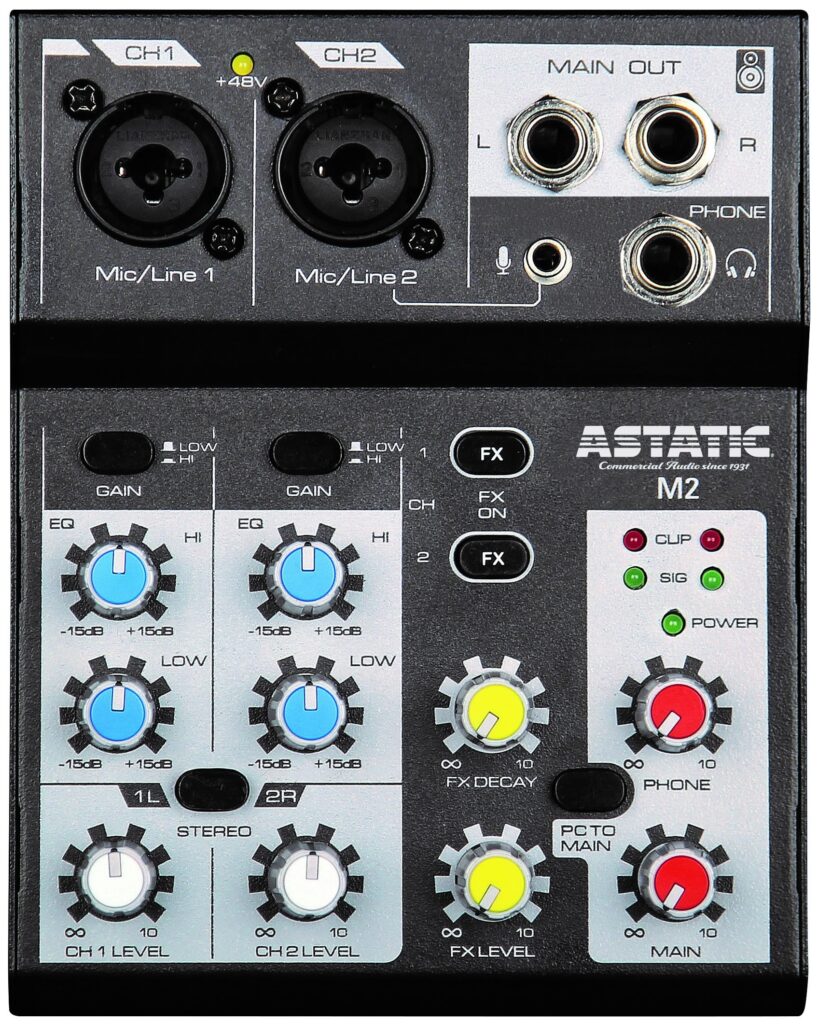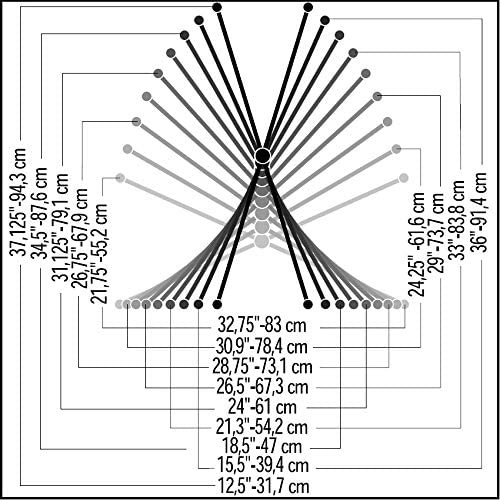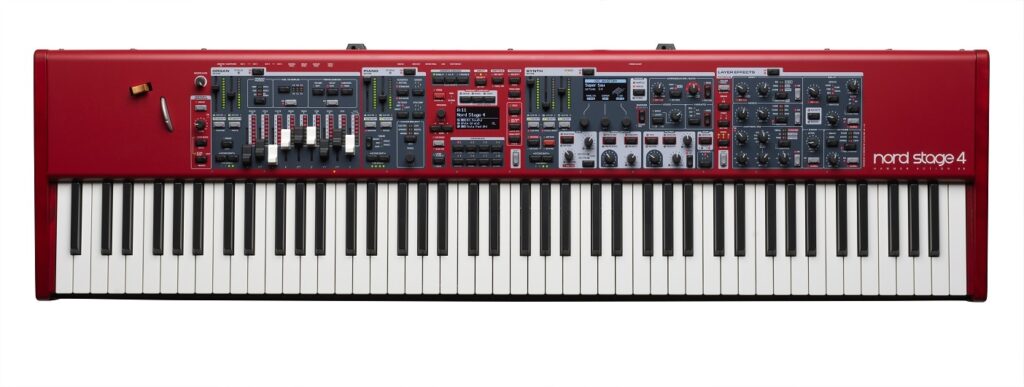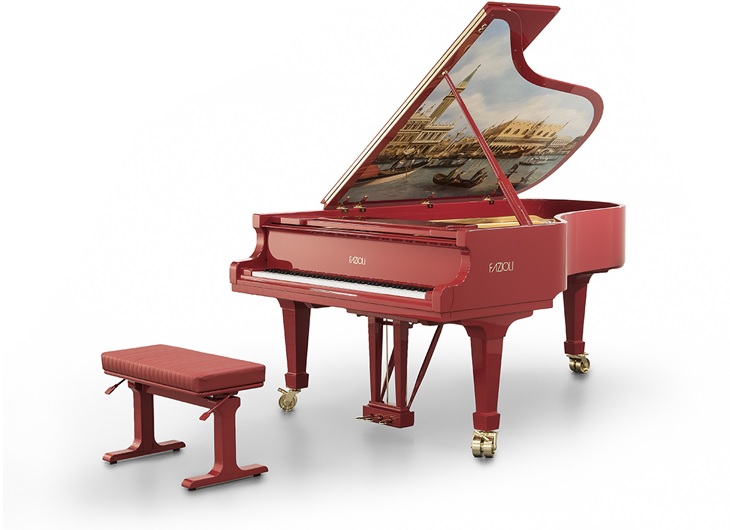Update: Product pages and manuals are now available at Yamaha sites everywhere.
Pre-announcement information is breaking out all over. I recommend the GAK Music CK series video with Luke Juby. It gives a great overview and demonstrates the preset sounds and effects. The CK has sliders, knobs and buttons dedicated to program/effect selection and tweaking (attack, release, cut-off and resonance). The drawbar sliders are short-throw like the Reface YC. The physical controls should reduce menu-diving.
A few interesting tidbits from the video. The CK has the ability to trigger backing tracks from the keyboard. Foot pedal control is assignable. There are four zones for external control and 5-pin MIDI IN and OUT. Split and layer are supported with two split points.
Here are Yamaha CK88™ specifications:
- 88 keys, weighted GHS keyboard, initial touch
- Tone Generator: AWM2 and AWM for Organ Flutes
- 128 voices of polyphony
- Integrated Effects, Master EQ
- 363 Voices, 160 Live Set Sounds (80 preset)
- Pitch Bend and Modulation Wheel
- Nine Organ Footage Sliders, three Part Volume Sliders, eleven control Knobs
- Built-in amplifiers (2 ✗ 6 W) and speakers (2 ✗ (12cm ✗ 6cm)); Can be switched off
- Battery powered operation (eight AA alkaline or Ni-MH batteries) or AC adaptor
- Monochrome LCD display (128 x 64 dots)
- Stereo Line Output: 6.3 mm mono phone jack x2
- Stereo Input: 6.3 mm mono phone jack x2
- Stereo Phones Output: 6.3 mm stereo phone jack
- Two connectors for Footswitches or Foot controllers
- MIDI [IN]/[OUT] 5-pin DIN
- USB [TO DEVICE] to connect USB memory sticks
- USB [TO HOST] to connect to PCs, USB-Audio-Interface function (two stereo channels from PC to CK, two stereo channels from CK to PC)
- Bluetooth connectivity to play back audio from a Bluetooth device
- Dimensions (W x D x H): 1,333 mm × 354 mm × 148 mm
- Weight: 13.1 kg (28.9 pounds)
- Included accessories: Owner’s Manual, AC adaptor (PA-150B)
- Optional accessories: Footswitches and Foot controllers (FC3A, FC4A, FC5, FC7), Soft Case SC-DE88, Music Rest YMR-03
The CK61 weighs 5.6kg (12.3 pounds) and has a new synth action keybed (the FSB action borrowed from the PSR SX line).
Sounds like an entry-level keyboard for price-sensitive customers. I anticipated a battery power option, but the in-built amplification (2 ✗ 6W) and speakers are unexpected. Given the entry-level spec, I suspect that SWX09 is the internal host/tone generator engine.

The CK is a “poor man’s” combination of Reface YC and Reface CP. Or, stated another way, CK is someone’s dream combination of Reface YC and Reface CP with full-size controls. A lot of people pined for a combined organ/EP Reface with a full-sized keybed. They got it. 🙂
363 voices aren’t many. I expect to see promotion reading “363 voices from the acclaimed Montage, YC stage organ and CP stage piano.” This smacks of the way a few new voices were lifted from Motif and built into the ill-fated MM series. I expect recycled effects from MODX, etc. and CK will not include the new, improved YC rotary speaker algorithm.
We’ll need to hear more details, of course. I don’t think the CK directly replaces the MX series. A lot hinges on its DAW/VI integration which is an MX strong point. The MX88 weighs 13.9kg, so the CK88 (13.1kg) does not have a weight advantage over MX88. CK61 weighs 5.6 kg, not much less than MODX6. Based on weight alone, I don’t have much reason to spurn my MODX6 for CK61.
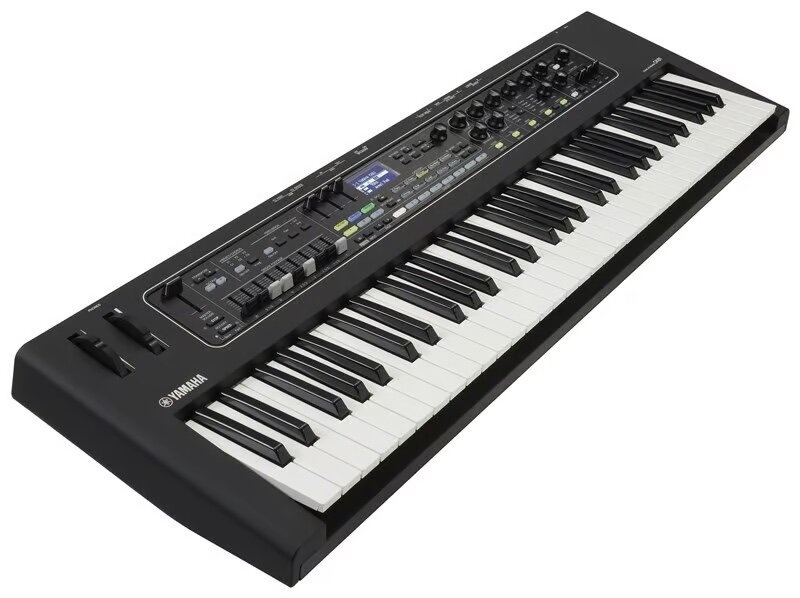
If you own an MODX, I don’t think you’re going to be green with G.A.S. The extra sliders are nice, but MODX (MODX+) is so much more. The CK series should appeal to the weekend warrior with a family on a tight budget. CK61 MSRP is $1,249 USD and MAP is $999; CK88 MSRP is $1,899 and MAP is $1,499. Yamaha got the CK61 MAP under the psychological $1,000 barrier.
The pictures are fuzzy. We’ll know more and have better pictures after the official product announcement tomorrow when Yamaha releases high res assets.
Copyright © 2023 Paul J. Drongowski

